
0
+
Google Reviews
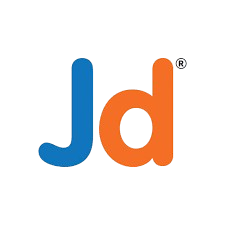
0
+
4.7 (2085 Ratings)
Learn to install, customize, and administer the AIX operating system in a POWER (System p) partitioned environment. This course is based on AIX 7.1 running on a Power7 system managed by HMC version 7. This course is also appropriate for prior releases of AIX and has a high practical content.
This course suits for anyone with system administrative duties implementing and managing an AIX operating system in a multi user POWER (System p) partitioned environment


Curriculum Designed by Experts
Introduction to AIX includes RISC Technology, RISC Processors, RISC History, POWERArchitecture, P-Series System Buses (PCI,ISA,MCA Buses) Uniprocessor , SMP and Cluster1600. Difference between SMP and SMT.
Introduction to IBM Hardware include Series of Hardware in IBM,Introduction to POWER and History of POWER Hardware,POWER Hardware Generations, AIX evolutions.
Structure of Unix include Hardware, shell, kernel and Utilities and Application
Unix File System Hierarchy include file system Hierarchy
Boot Process in AIX include Modes of System startup, Startup Process in AIX,Importanats of /etc/inittab file in boot process, Common Booting codes, Shutdown Process of AIX.
Basic Requirements for AIX OS Installation (AIX 6.1 and AIX 7.1) AIX Installation Methods.
AIX Product Offering,Packaging Definitions,Fileset Namings,Software updates,oslevel commands and AIX oslevel Naming.Types of Software upgrades,Software installations By geninstall,Software installations and Maintenance, Software Maintenance & Utilities, Instfix Commands, Integrity of the operating system commands. System Management Interface Tool (smit),smit Fast Paths,smit Features,smit Modes of operations.
What is Object Data Manager (ODM),Basic Components of the ODM, important ODM Database files, ODM Commands, Examples of using the ODM.
Device Terminology, Types of Devices, Device Configuration Databases, Configuration Manager (cfgmgr command),device Management commands,Device States, Remove a device Configuration, Modifying an existing device configuration
What is RAID, Types of RAID`s, RAID Levels (RAID0, RAID1,RAID10, RAID5)
Component of AIX Storage, Traditional Unix Disk Storage, Issue with Traditional Unix Disk Storage, Benefit of the LVM, Logical Volume Components,Volume Group Types, Volume Group -t Factor, Limitations of logical volume storage, Volume Group Descriptor Area (VGDA), Quorum, Volume Group Status Area(VGSA),Logical Storage,Logical Volumes,LVM Mapping, Uses of Logical Volumes, Logical volume control block (LVCB),Physical Volume Allocation Policy, Logical Volume Mirroring, logical Volume Striping,Logical Track Group(LTG).
What is File systems,Standard Filesystem in AIX ,AIX Supported Filesystems,/etc/filesystems decriptions,What Is Mount Points, Structure of a Journaled File System, File System Fragmentation,Difference between JFS and JFS2,System Storage Review.
What is Paging Space, Paging Space Placement, Creation of Paging Space,Paging Space Commands, Removing Paging Space,Paging Space Troubleshooting.
What is TCP/IP,Networking Architecture,Protocol,Standard TCP/IP facilities,routes, Method to Configure the TCP/IP ,Basic TCP/IP Functions, Ethernet Naming Convention in AIX
iostat,vmstat,netstat,ps,lsattr,lslv,nfsstat,topas,etc.Nmon Configuration in AIX.
Function of the Cron daemon, Starting of cron,crontab files,crontab commands,at command.
Why Backups,Types of Backups,Backup Devices,Device Naming in AIX,rootvg Backup Process, Tape layout of a mksysb image,backup Commands,Types of Paths,restore commands,Other Unix Backup Commands,tctl Command,Good Backup Practices.
Default users in AIX,Default group in AIX,User Hierarchy,User Security Logs,User administration Commands,Login Sequence.
What is NFS,NFS Versions.
What is NIM,Basic NIM Components.
What is HACMP, Basics HACMP Components.
What is LPAR Basics Of Lpar ,What is DLPAR and What is VIOS.
SAN Connectivity with AIX, Description about HBA, Identification of Storage Volumes.
AIX Project Implementation in Lab include from System commission to decommission of system, AIX Project Implementations will help student to get confidence in all AIX terms.
Radical Technologies is the leading IT certification institute in Kochi, offering a wide range of globally recognized certifications across various domains. With expert trainers and comprehensive course materials, it ensures that students gain in-depth knowledge and hands-on experience to excel in their careers. The institute’s certification programs are tailored to meet industry standards, helping professionals enhance their skillsets and boost their career prospects. From cloud technologies to data science, Radical Technologies covers it all, empowering individuals to stay ahead in the ever-evolving tech landscape. Achieve your professional goals with certifications that matter.



At Radical Technologies, we are committed to your success beyond the classroom. Our 100% Job Assistance program ensures that you are not only equipped with industry-relevant skills but also guided through the job placement process. With personalized resume building, interview preparation, and access to our extensive network of hiring partners, we help you take the next step confidently into your IT career. Join us and let your journey to a successful future begin with the right support.
At Radical Technologies, we ensure you’re ready to shine in any interview. Our comprehensive Interview Preparation program includes mock interviews, expert feedback, and tailored coaching sessions to build your confidence. Learn how to effectively communicate your skills, handle technical questions, and make a lasting impression on potential employers. With our guidance, you’ll walk into your interviews prepared and poised for success.
At Radical Technologies, we believe that a strong professional profile is key to standing out in the competitive IT industry. Our Profile Building services are designed to highlight your unique skills and experiences, crafting a resume and LinkedIn profile that resonate with employers. From tailored advice on showcasing your strengths to tips on optimizing your online presence, we provide the tools you need to make a lasting impression. Let us help you build a profile that opens doors to your dream career.


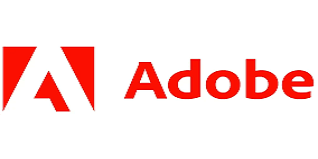





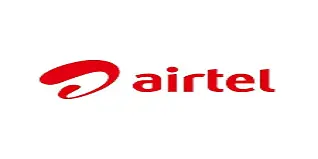
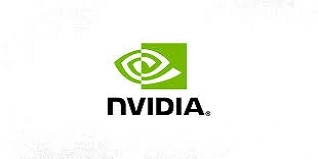
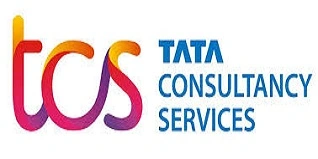

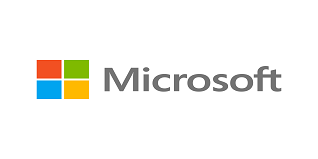
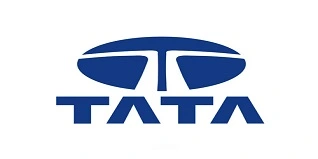
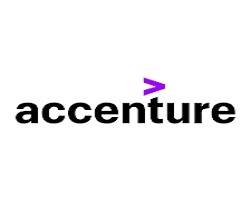
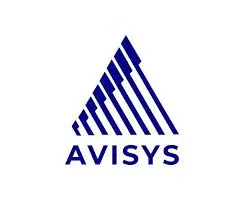
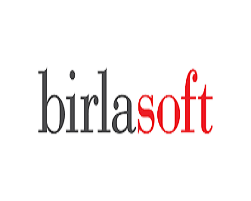
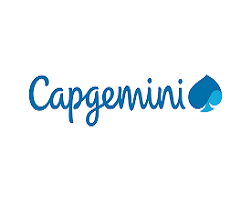
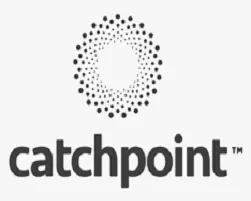
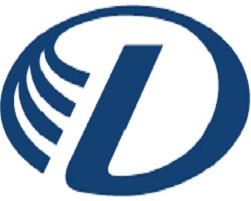
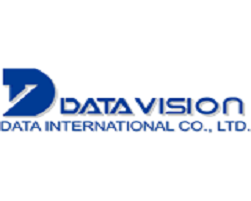
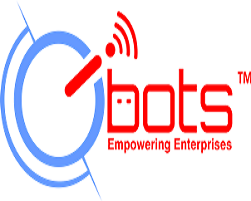
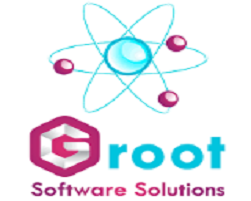
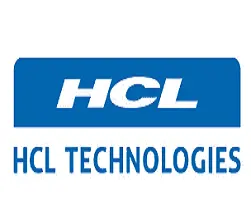
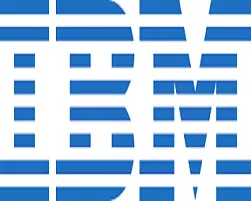
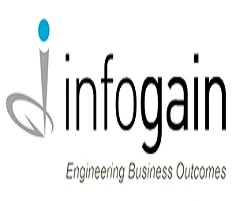
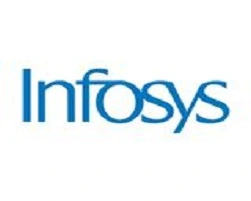
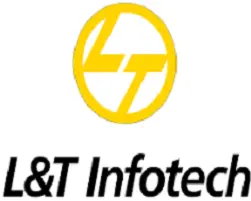
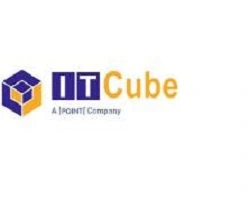
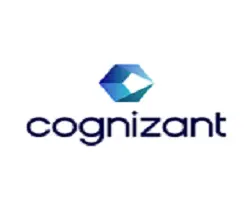
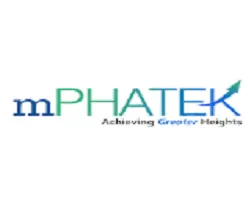
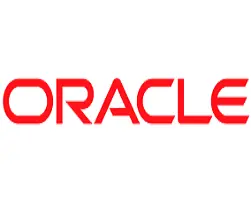
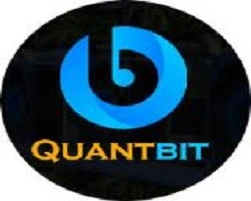
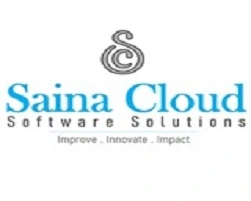

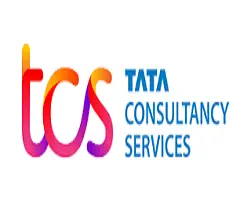
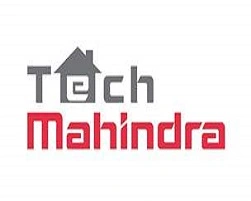
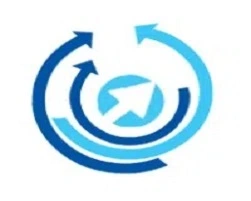
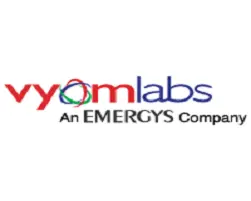
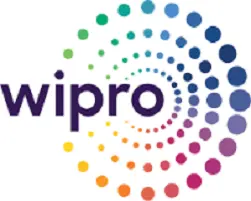
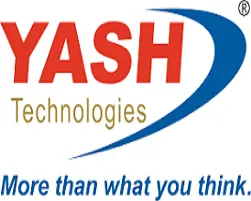
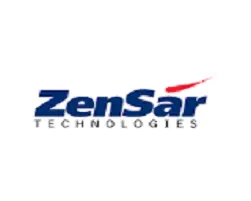
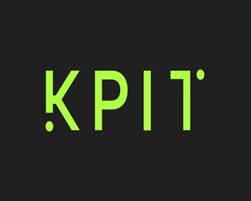
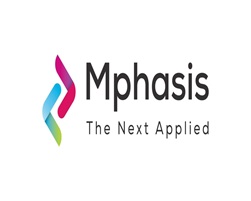
Kochi | Fort Kochi | Mattancherry | Ernakulam | Marine Drive | Kakkanad | Palarivattom | Kadavanthra | Chullikkal | Elamakkara | Kochi Port | Vyttila | Aluva | Thrippunithura | Panampilly Nagar | Edappally | Kothad | Njarackal
At Radical Technologies, we are committed to providing world-class Azure Data Engineer Training in Bangalore, helping aspiring data professionals master the skills needed to excel in the rapidly growing field of cloud data engineering. As the leading institute for Azure Data Engineer Course In Bangalore, we offer comprehensive, hands-on training designed to meet the demands of today’s data-driven organizations.
Our Azure Data Engineer Training Bangalore program covers every aspect of the Azure Data Engineer Syllabus, ensuring that students receive in-depth knowledge of data architecture, data processing, and data storage on Microsoft Azure. Whether you prefer attending classes in-person or via Azure Data Engineer Online Training, Radical Technologies provides flexible learning options to suit your needs.
Our Azure Data Engineering Training is renowned for its practical, real-world approach. Students have access to an industry-leading Azure Data Engineer Bootcamp, which combines theory and hands-on labs to ensure they are fully prepared for their certification exams. The Microsoft Azure Data Engineer Training is tailored to cover all key topics, from data integration to security, and is led by experienced professionals who are experts in their field.
For professionals and organizations seeking Azure Data Engineering Corporate Training, we offer tailored courses that address specific business needs. Our Azure Data Engineering Corporate Training Course ensures that teams gain practical experience in building scalable, secure, and efficient data solutions on Azure.
At Radical Technologies, our Azure Data Engineer Courses are structured to ensure that both beginners and experienced professionals alike can enhance their knowledge. The Azure Data Engineer Certification Training offered here equips students with the skills and credentials needed to stand out in a competitive job market.
Our institute also offers the Azure Data Engineer Full Course, which provides a comprehensive pathway for mastering Azure Data Engineering concepts and techniques. We take pride in being one of the top Azure Data Engineer Institutes in Bangalore, with a proven track record of helping students achieve their Azure Data Engineering Certification.
Whether you are looking for Azure Data Engineer Training Online or prefer our in-person classes in Bangalore, Radical Technologies is your trusted partner for career advancement in data engineering. Join us today to enroll in the Best Azure Data Engineer Course and kick-start your journey towards becoming a certified data engineer.


(Our Team will call you to discuss the Fees)

(Our Team will call you to discuss the Fees)
